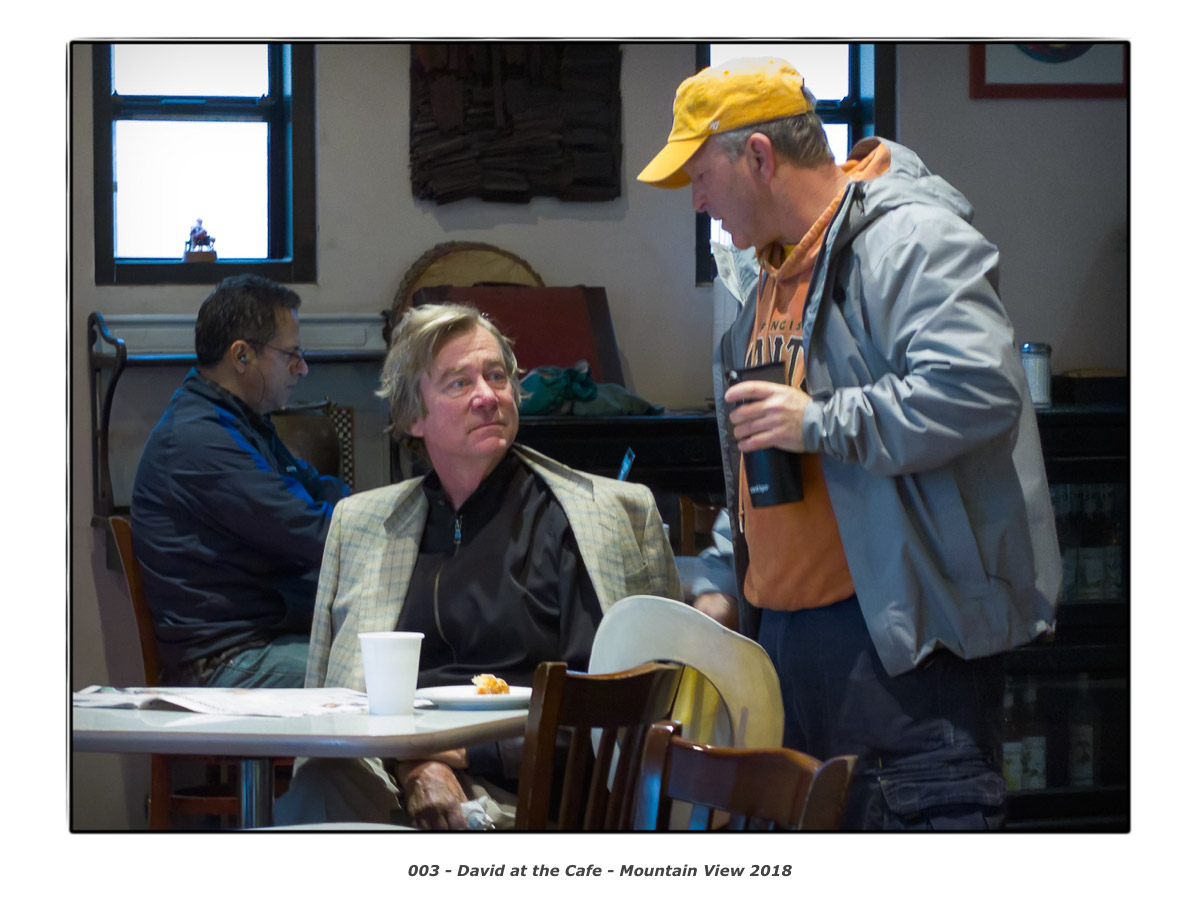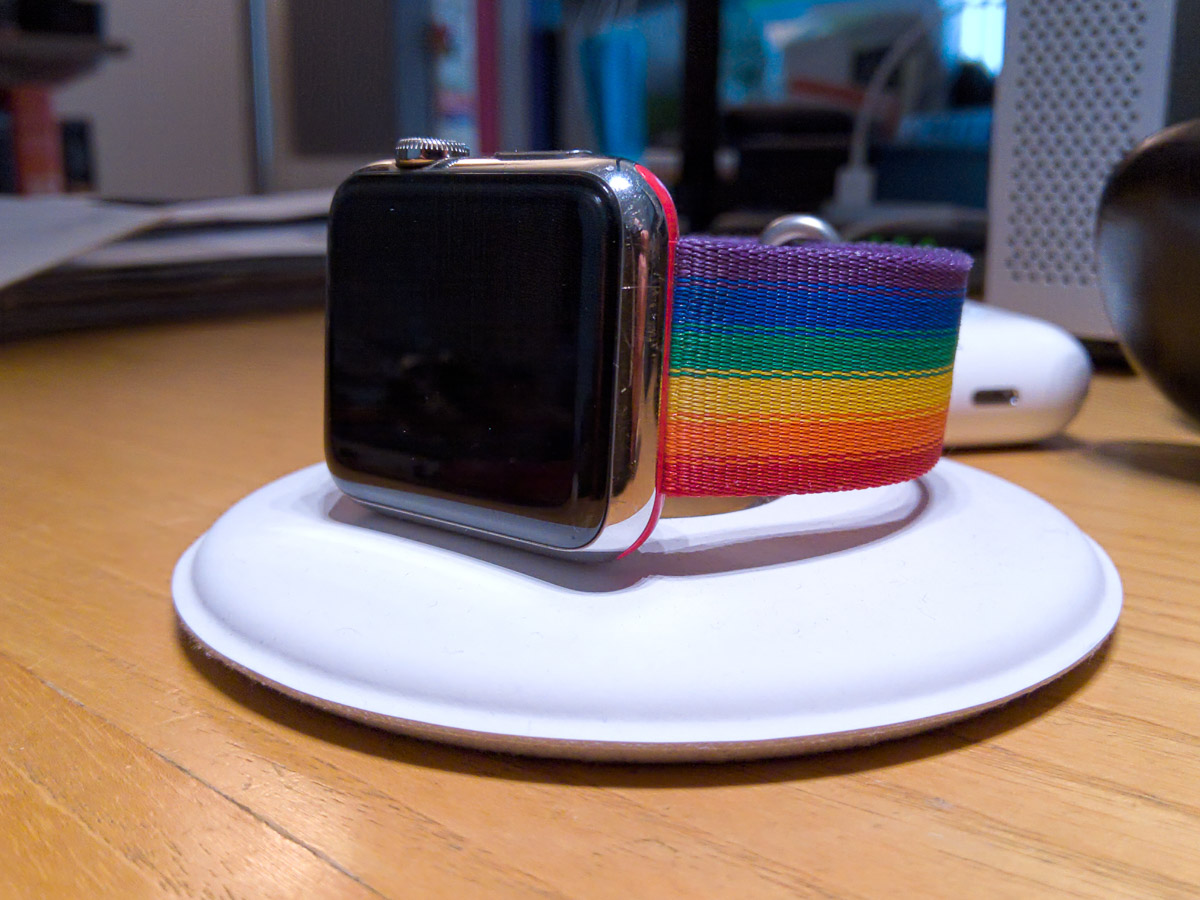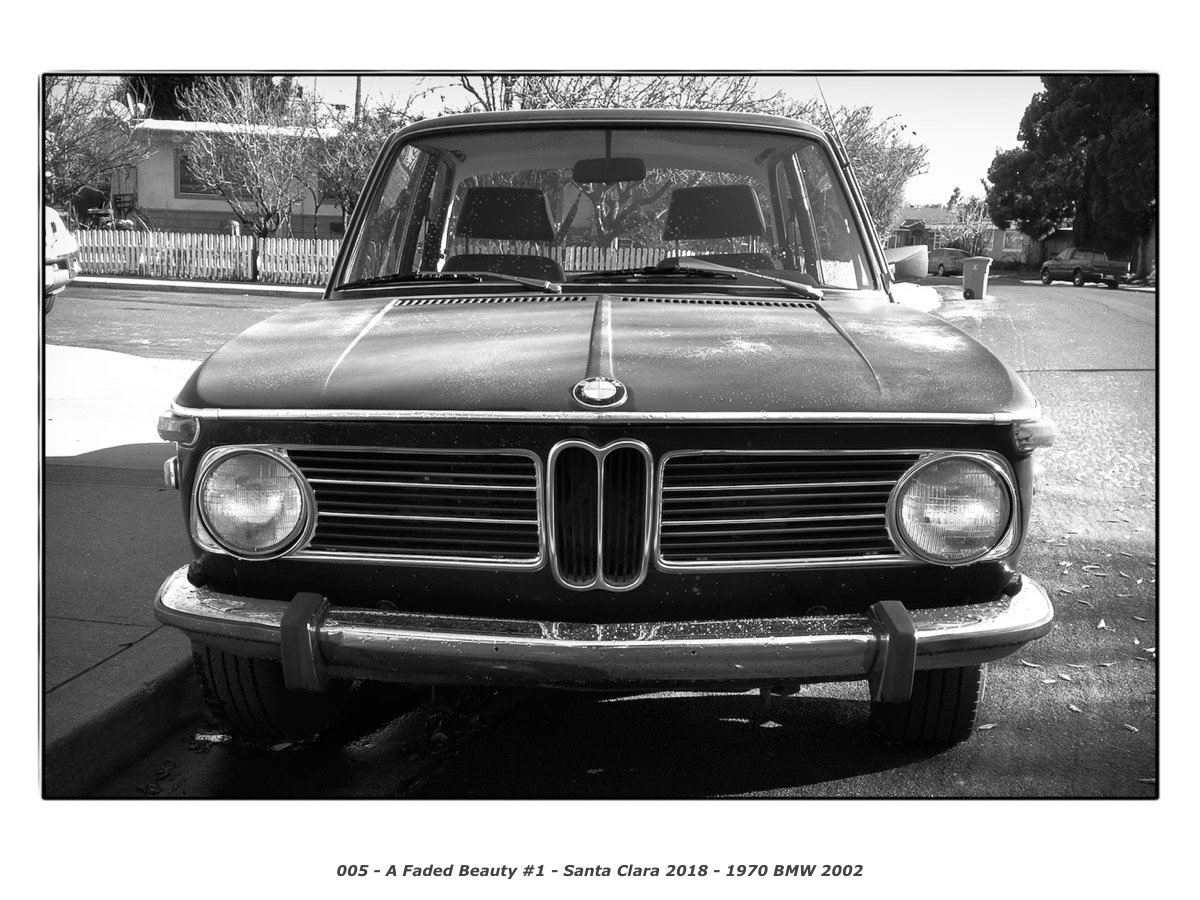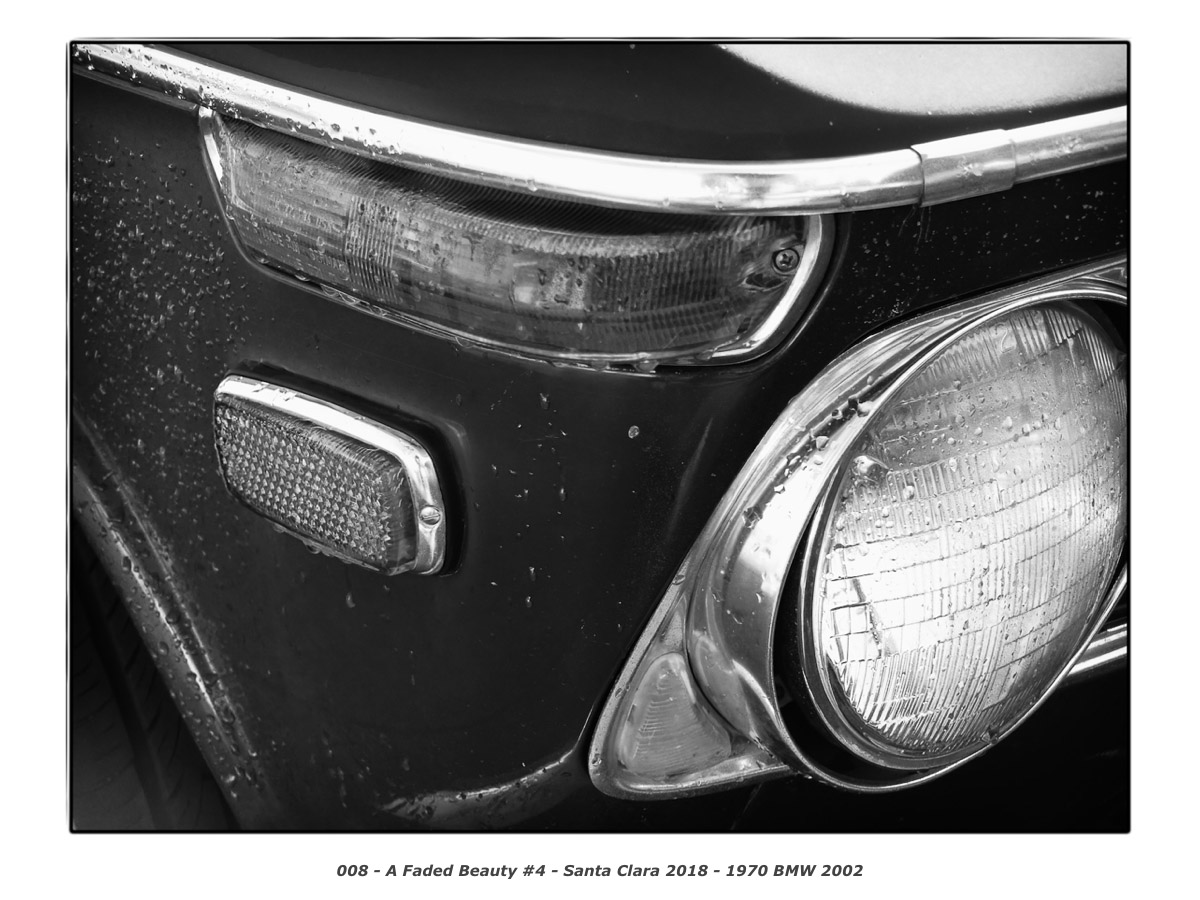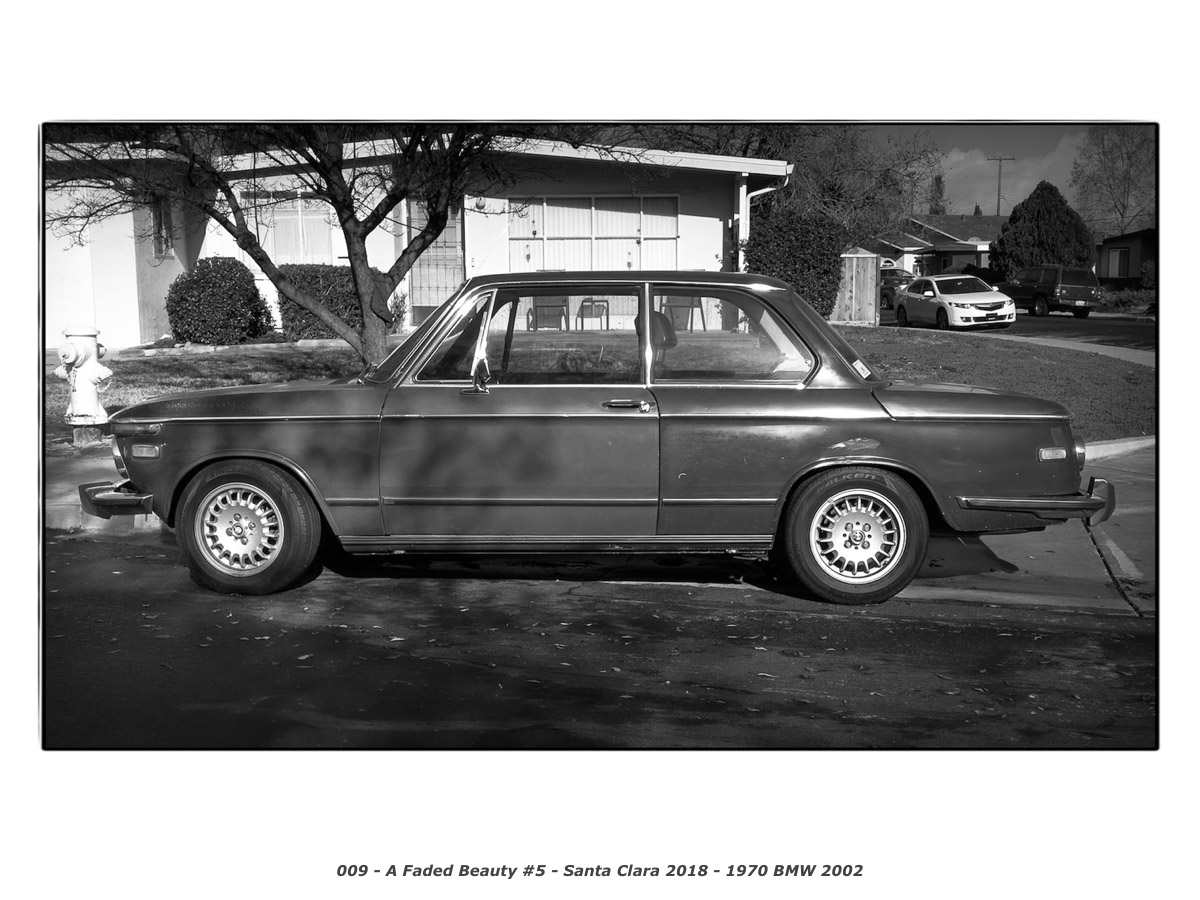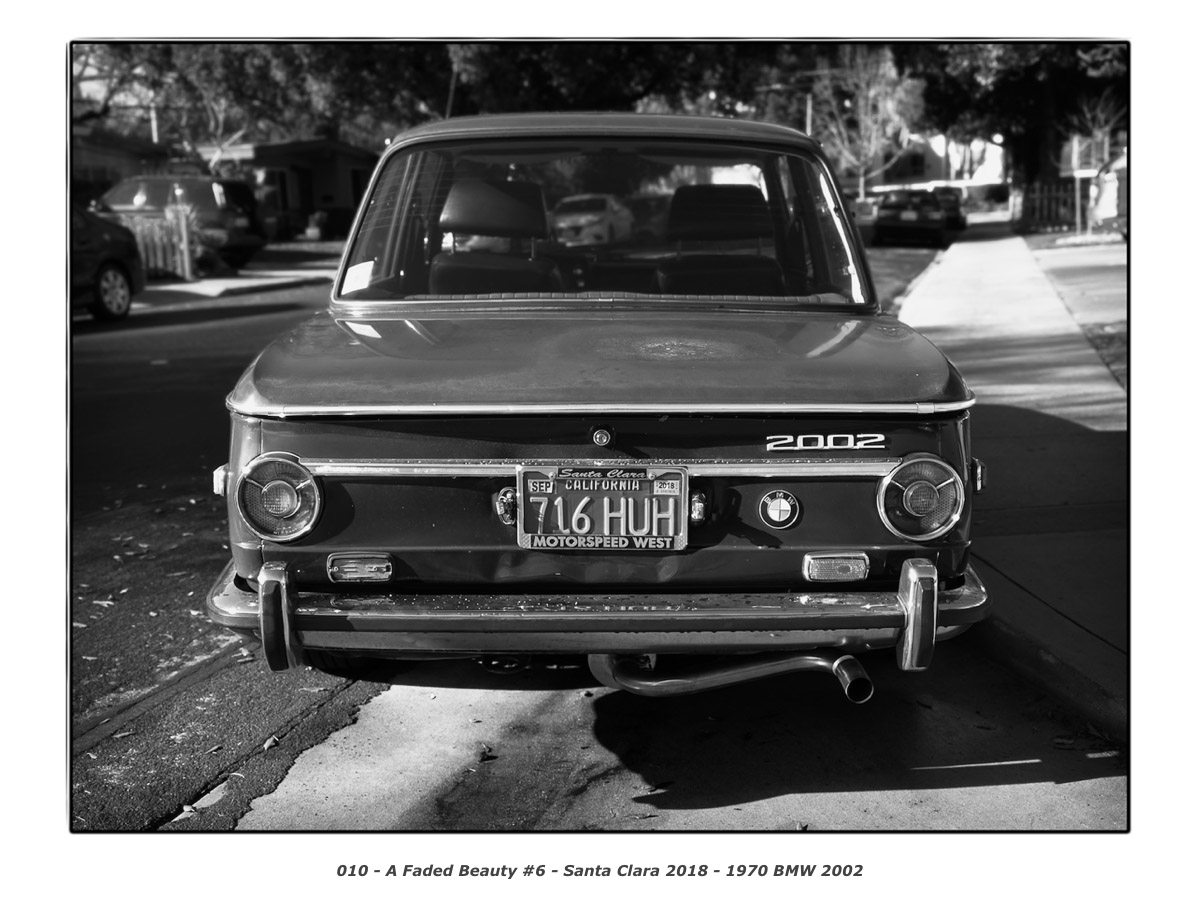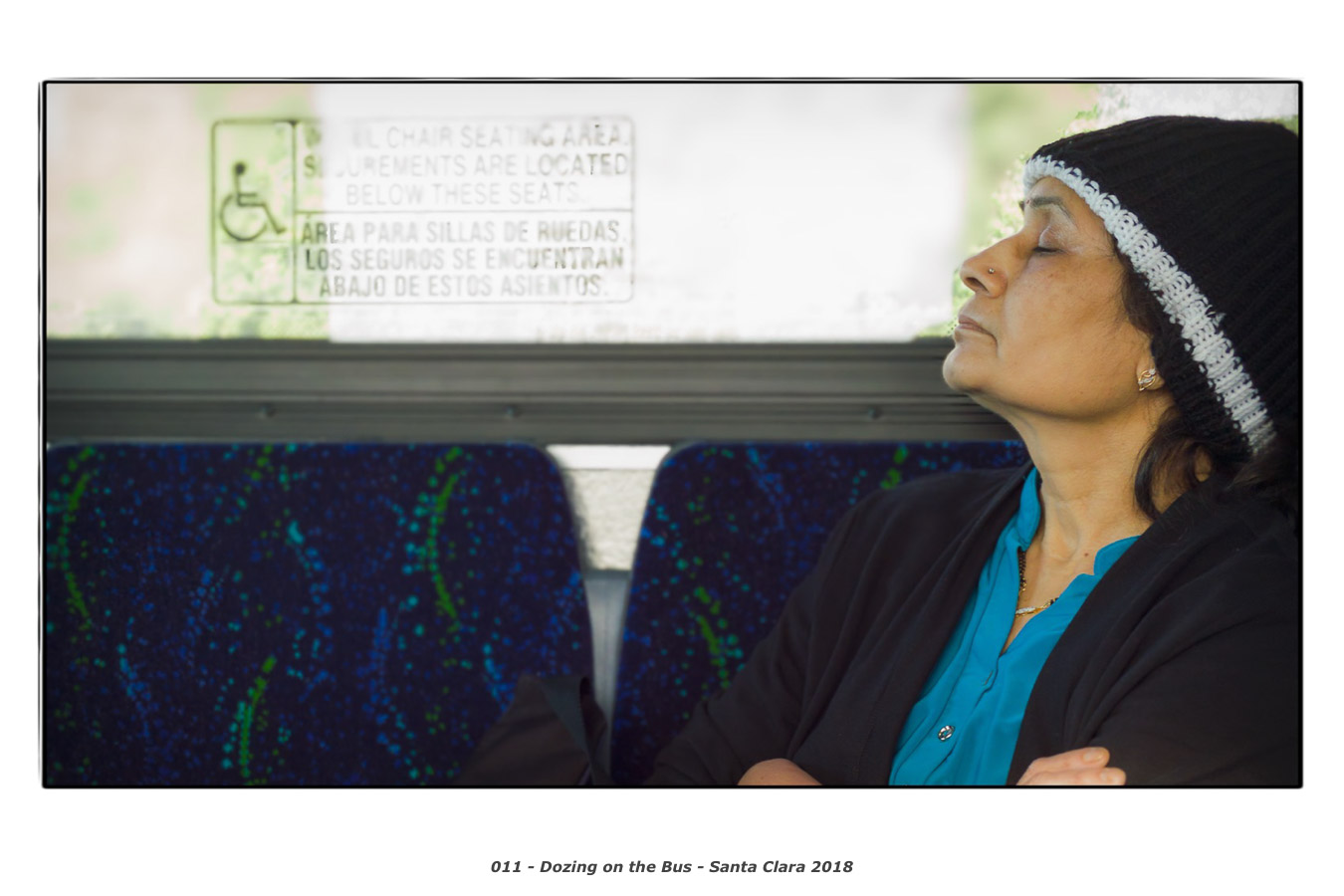This is a new review comparing the Light L16 to the Leica M10 and the iPhone X.
What the Light L16 does well, it does VERY well. High Resolution images with good lighting are stunning.
The workflow is horrendous at this point. The proprietary LRI file is about 250MB and converting this to a DNG creates another 250MB file. So a single image has about 500MB of data. You need to use the Lumen SW to process the LRI file but you often need to do additional processing with Lightroom or another photo application.
The size and weight of the L16 is very good. It is a very interesting new type of camera, but not ready for everyone.
The review is here.
I'm back at home now: I'll start playing with the L16 within a couple of days.
🙂
You are writing as if you owned an L16 and were working the processing. But you're really just summing up what someone else wrote and adding your opinion on top of theirs without even touching the camera. I don't find that particularly informative other than what it says about you?
For instance: What is so "horrendous" about a proprietary data format that requires special processing for a completely new kind of photographic instrument? or about 500MB for raw data for your image files? There's nothing unusual about that when it comes to the innovation edge in digital imaging. I remember when my work was processing synthetic aperture radar images ... the original digital data set was 650 Mbytes (vast, vast amounts of data in 1984) and after nine hours of processing (each) through seventeen custom applications the results were 1024x1024 8-bit image files that could be printed or used for analytic techniques.
Actual data from my experience: The LRI file is the output of 10 of the 16 cameras. In the quick testing I did before I left on holiday, these average about 170 to 190 Mbytes apiece.
The LRIS file is the accumulated parametric editing instructions for the LRI file generated by Lumen, the L16 image processing app; it tends to be 40-55 Mbytes in size. If you're happy with the results right there, you can output a 50Mpixel JPEG file that's about 20 Mbytes in size. If you want to do further editing in Lightroom or the other raw editor of your choice, the two images I outputted to DNG format were 325 Mbytes in size each.
Lumen works remarkably well for an app that is still a beta release ... I had no problems using it even for the very first time. The L16 also works remarkably well for a first product with beta firmware... it behaves as its documentation suggests it ought to, the controls are really quite nice, it feels nice in the hand, and the controls are surprisingly ergonomic. My one finished image with it I transferred to Lumen, edited and output to DNG, then finished in Lightroom, all in about ten minutes of learning, using the camera and software for the first time. I found it fairly pleasing, given that it's a selfie of me and I'm not the greatest subject for a portrait...
😀
I'm sure there are glitches and issues to be discovered. I didn't take the L16 on my trip, I took my Leica M-D and my iPhone/iPad, because I didn't want to spend my holiday trip trying to figure out a new camera. I don't think the L16 replaces either my iPhone/iPad or the Leica M. But there are things that it will enable, with less size and weight to carry, that will make it a very interesting proposition to carry in the future.
Yes, it will consume some storage space when I use it. A four Terabyte bare drive is running about $150 these days ... If we conservatively say that a full suite of LRI+LRIS+DNG+JPG output from the camera nets about three-quarters of a Gigabyte of data, that's storage for about 6000 of those images. I don't consider that to be "horrendous" at all; it's a lot of data but represents images that have a 50Mpixel resolution and unique image processing capabilities that neither of my M or iPhone images can support.
G


